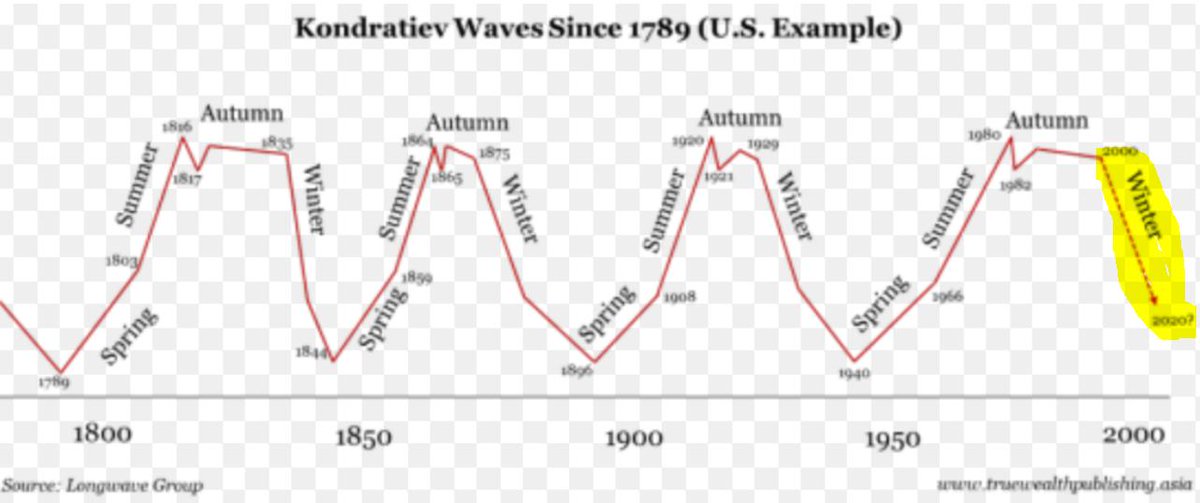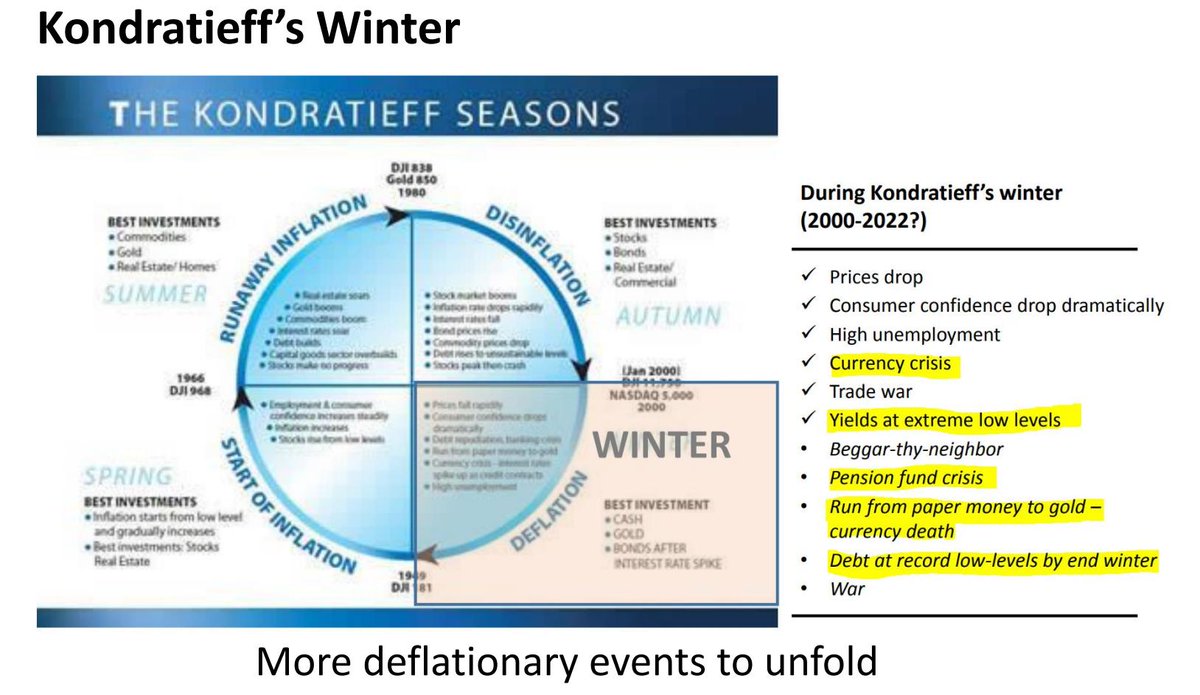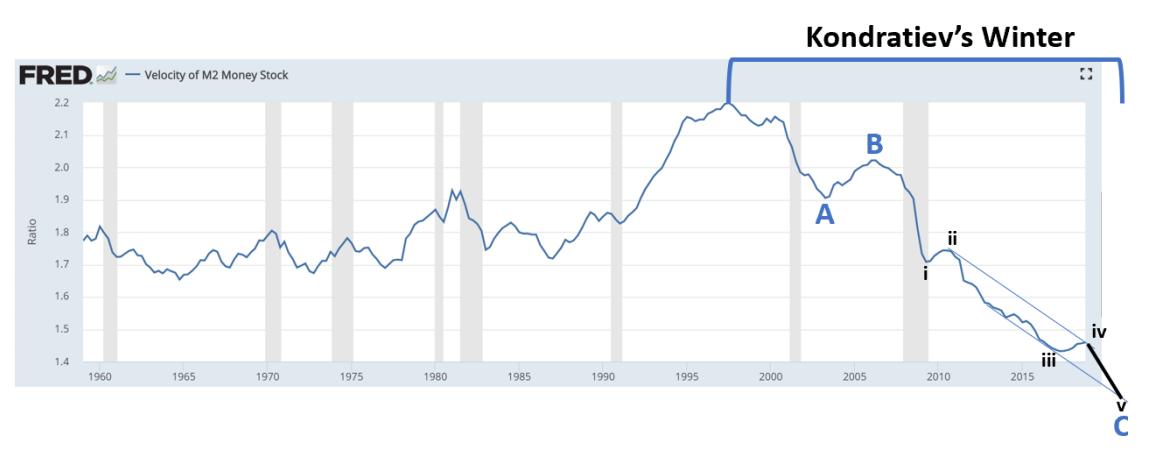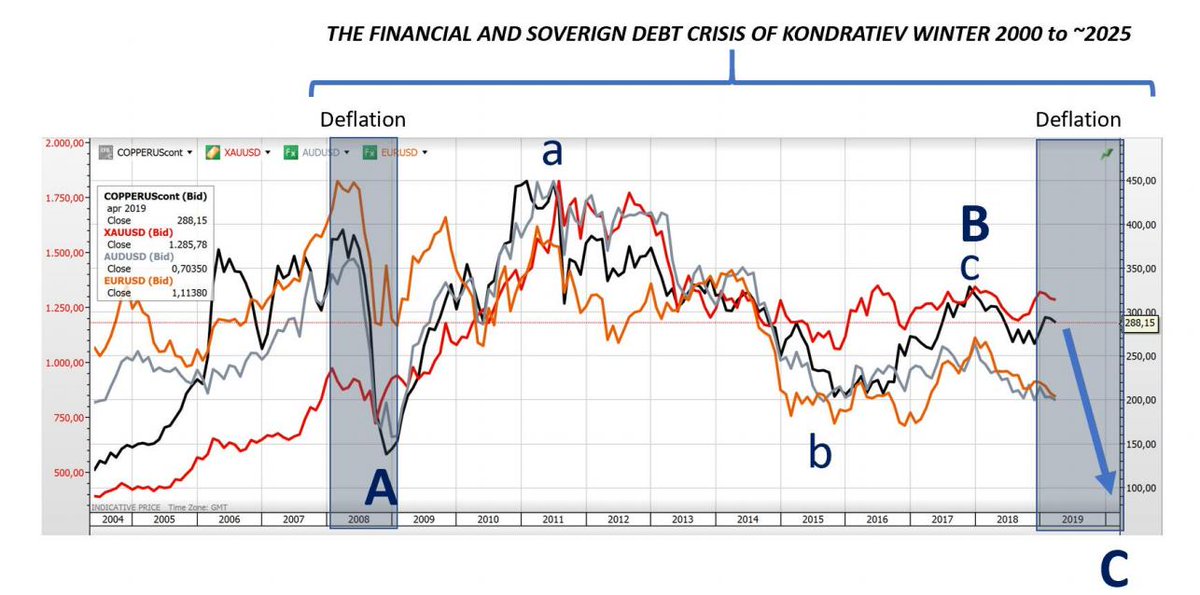Is it a natural and justified phenomena considering the devaluation of the LBP in the exchange markets, or are there other factors ? A thread 👇
Is it legal ? of course it is (absent a forced monopoly). Is it morally acceptable? i'll leave it to others to judge







